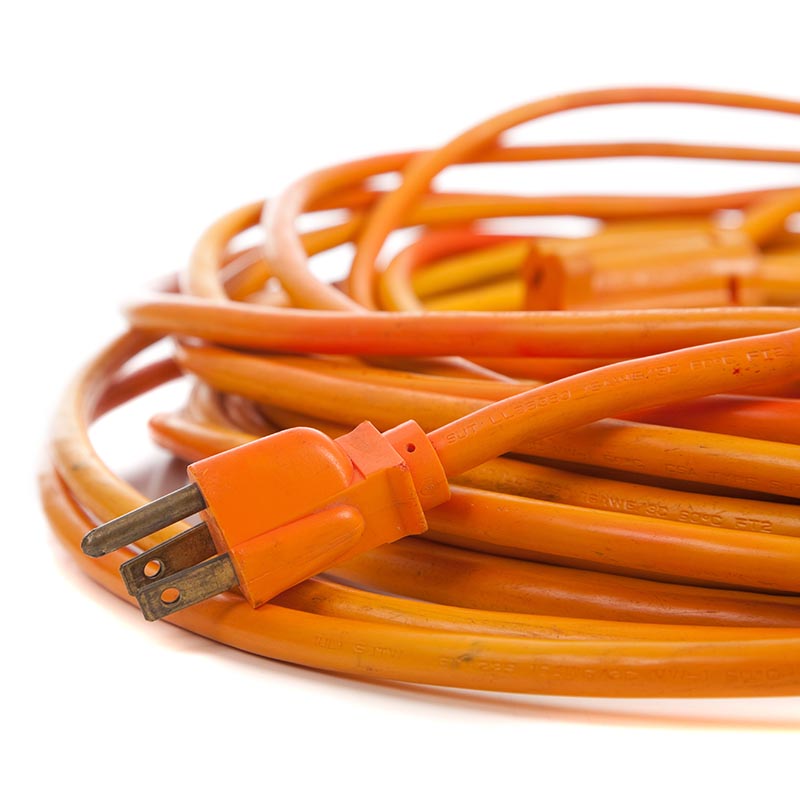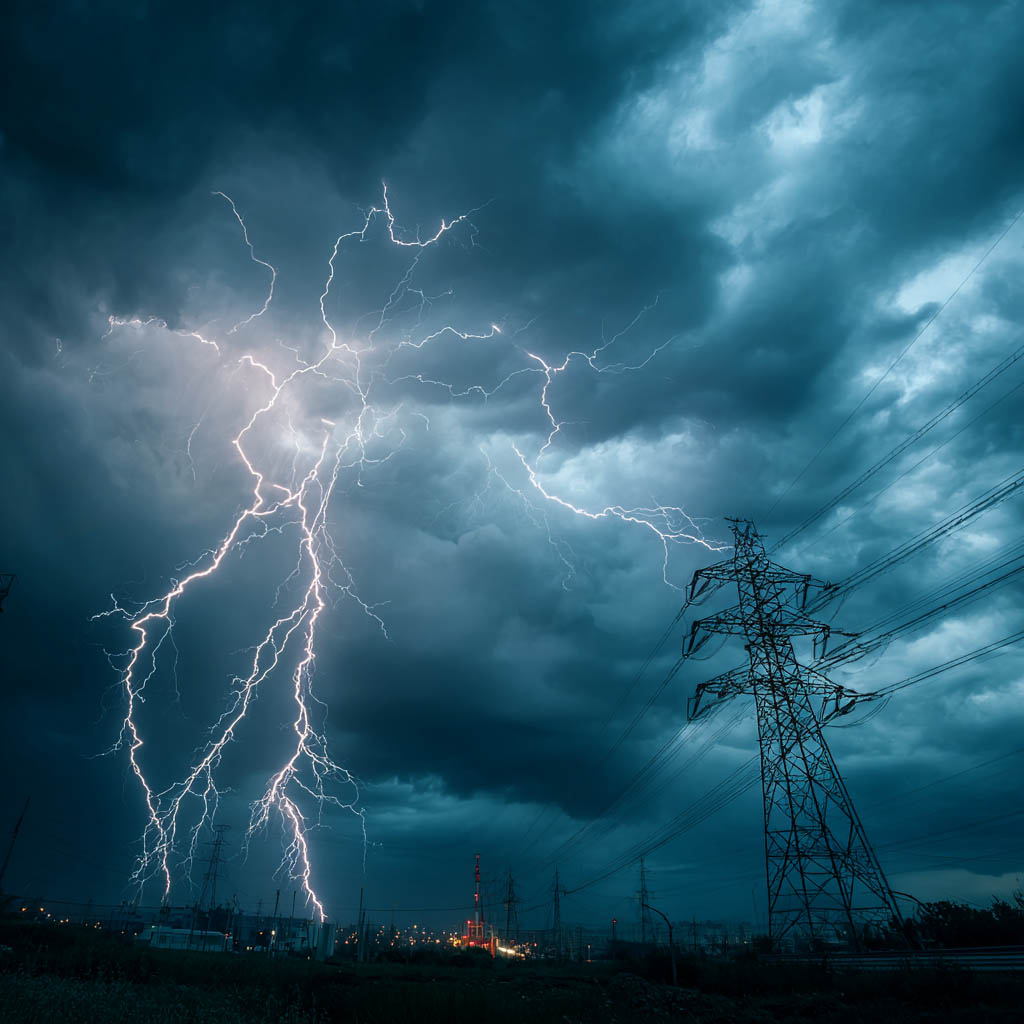In commercial and industrial environments, extension cords are used daily to power tools, temporary lighting, and equipment in areas without permanent outlets. But what many don’t realize is that improper storage—especially how you wind your extension cords—can shorten their lifespan, create safety hazards, and lead to costly replacements. Here’s how to do it right.
Why Properly Winding Matters
Improperly wound extension cords can:
-
Develop internal wire breaks or kinks
-
Lead to overheating and fire risk
-
Create frustrating tangles and knots
-
Waste time during setup and cleanup
By following a few best practices, you can extend the life of your cords and keep your worksite safe and efficient.
1. Use the Over-Under Method
The over-under method is a coiling technique that alternates the direction of each loop, preventing twists and tangles.
How to do it:
-
Start by holding one end of the cord in one hand.
-
Make the first loop naturally (over).
-
For the second loop, twist the cord in the opposite direction (under).
-
Repeat until fully coiled, then secure with a hook-and-loop strap or reusable zip tie.
This method is especially helpful with long, heavy-duty cords.
2. Avoid Wrapping Around Elbows or Tools
Wrapping cords around your elbow or a drill handle may seem quick, but it stresses the internal wires and insulation. Over time, this can lead to cracks, exposed wiring, and failure.
3. Store in a Cool, Dry Location
Once your cord is coiled properly, store it in a place where it won’t be crushed or exposed to extreme temperatures. Wall hooks or cord reels are great storage solutions to keep cords off the ground and out of harm’s way.
4. Inspect Before and After Use
Each time you wind or unwind an extension cord, take a few seconds to check for:
-
Cuts or nicks in the insulation
-
Loose prongs or broken plugs
-
Heat damage or melting
Addressing small issues early can prevent bigger problems later.
5. Use Cord Organizers or Reels
In commercial settings, retractable cord reels or heavy-duty cord holders help enforce proper winding and reduce mess. They also minimize trip hazards and extend cord life.
Final Thoughts
Something as simple as how you wind your extension cords can have a big impact on safety and productivity. Whether you’re managing a commercial facility, a job site, or a workshop, taking a few extra moments to coil cords correctly helps you save time, reduce wear, and avoid electrical hazards.
Need help with power management or electrical safety at your business? Eric Gandler Clifton Park and the team at Development Electric are here to help keep your systems efficient, compliant, and secure.





